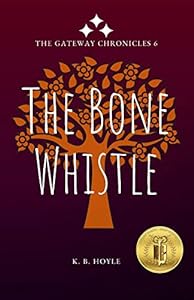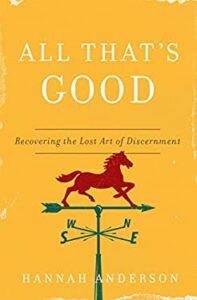Writing about the final book of a series is always difficult. I assume most people reading this have not necessarily read the previous five books in the series. (But you should and they are The Six, The Oracle, The White Thread, The Enchanted, and The Scroll). I want to give enough detail to interest you in reading the series but not include many spoilers. So, like my review of The Scroll, I am splitting it into two parts. The first part is my general, non-spoiler thoughts. The second part will be more discussion about the book directly, and it assumes you have read the previous books.
After finishing the whole series, I am even more impressed with the construction of the books and the plotting. This series has layers, references, and subtleties so that can be read multiple times. The characters grow and mature, not suddenly because the plot suddenly needs them to, but naturally in a way we can see as readers. And while this book is written for young adults, as a well read adult, I was kept engaged throughout the series. There were no weak books.
The Bone Whistle is the final in the series. It reaches a conclusion. As a warning to the reader, this book is structured a bit differently. One of the plot points is that Darcy forgets something and only recovers her memories slowly later in the book. As readers, we do not know what that is, so there are places where we readers are a bit in the dark. I actually went back and re-read the end of the Scroll because it had been a few weeks since I had finished it, and based on what I was reading at the start of The Bone Whistle, I thought that I had forgotten the end of the Scroll. I had not. The Bone Whistle jumps into the middle of something, and we are supposed to be confused. That will happen a couple of times in the book. Go back and re-read if you need to (and I did in a couple of places), but then keep reading, the plot will resolve itself.

 Summary: Nuanced children’s history for a difficult figure.
Summary: Nuanced children’s history for a difficult figure.

 Takeaway: While Bonhoeffer is treated by many as a Rorschach test, there actually was a real person that should be dealt with honestly.
Takeaway: While Bonhoeffer is treated by many as a Rorschach test, there actually was a real person that should be dealt with honestly.

 Takeaway: Only similar to the movie in the very broadest outlines.
Takeaway: Only similar to the movie in the very broadest outlines.![Defining Moments in Black History: Reading Between the Lies by [Gregory, Dick]](https://bookwi.se/wp-content/uploads/2018/09/515bszpq3ll-_sy346_.jpg)
 Takeaway: Well-crafted stories are a joy!
Takeaway: Well-crafted stories are a joy!